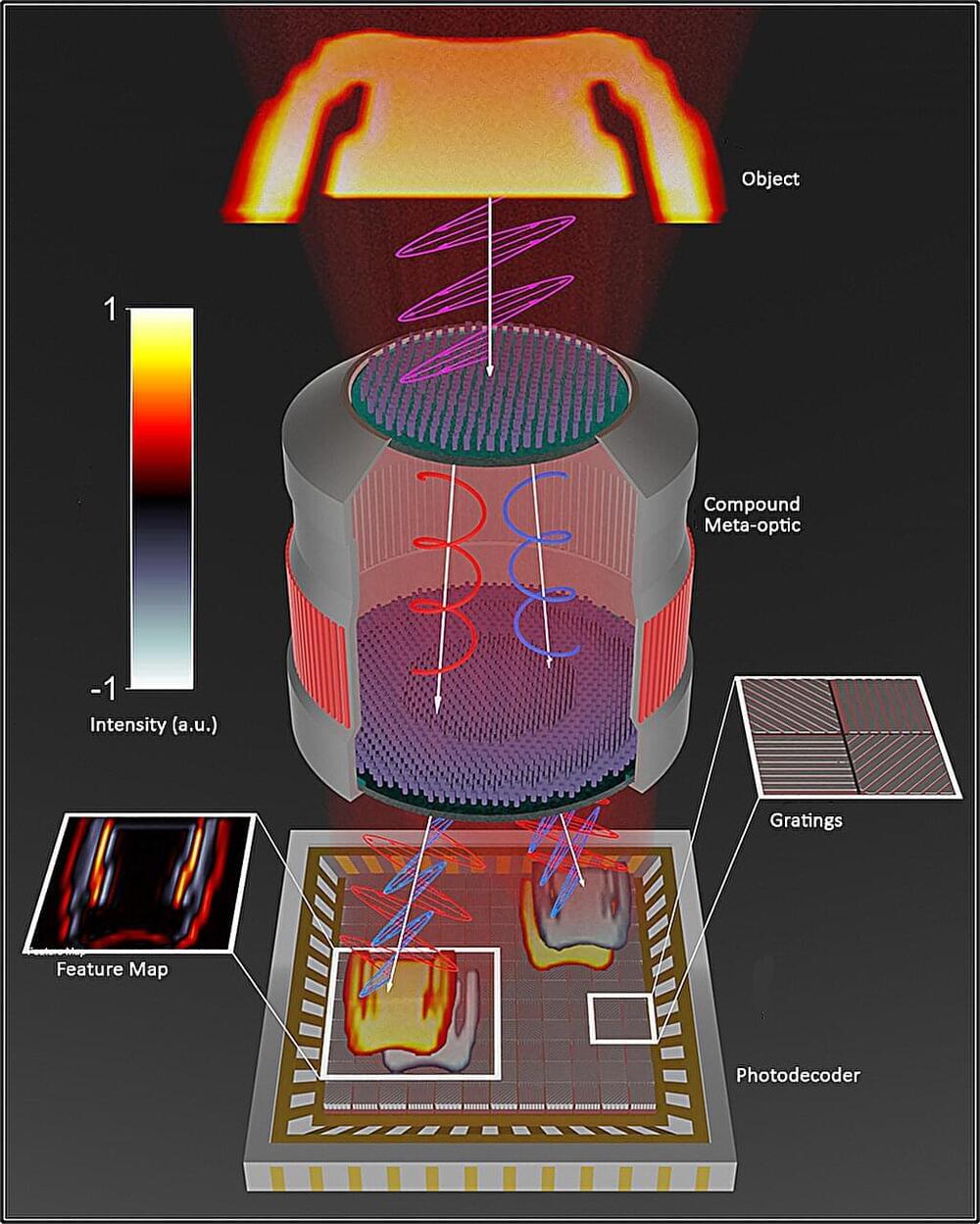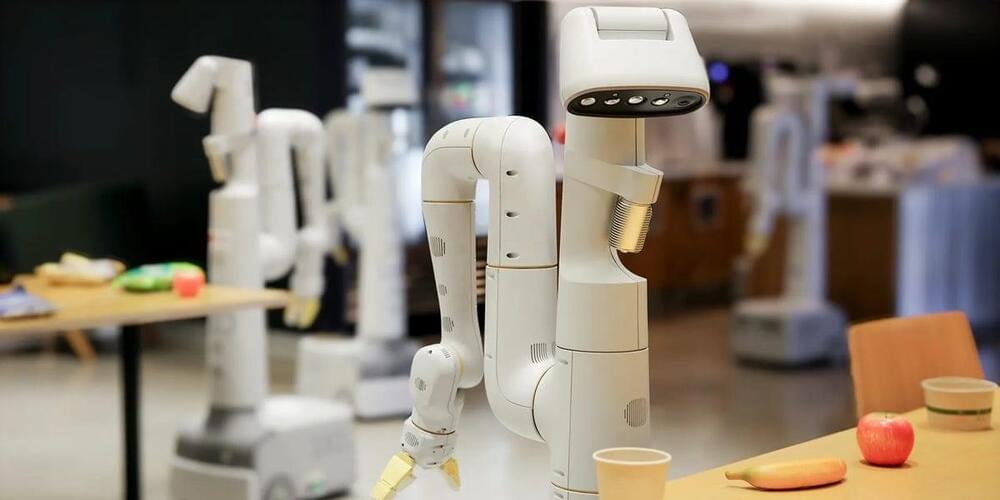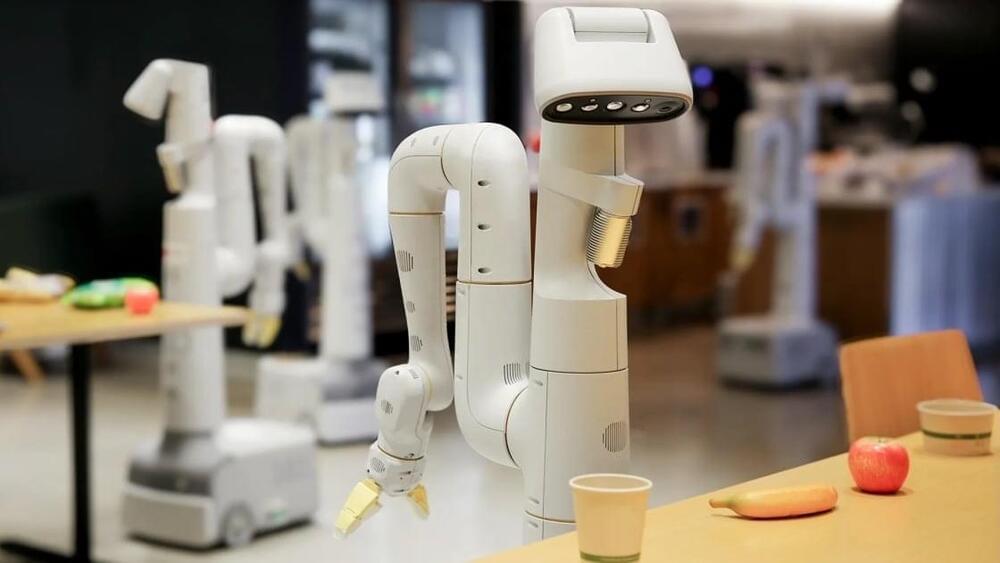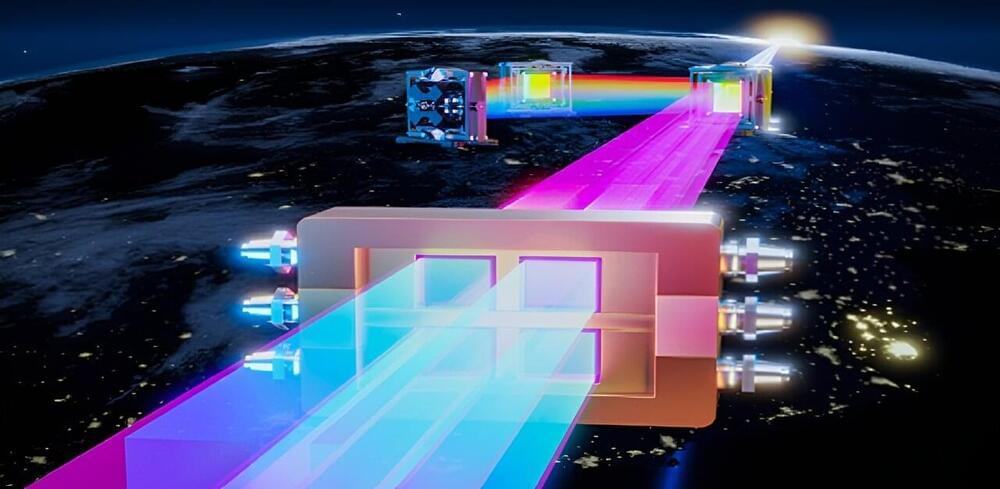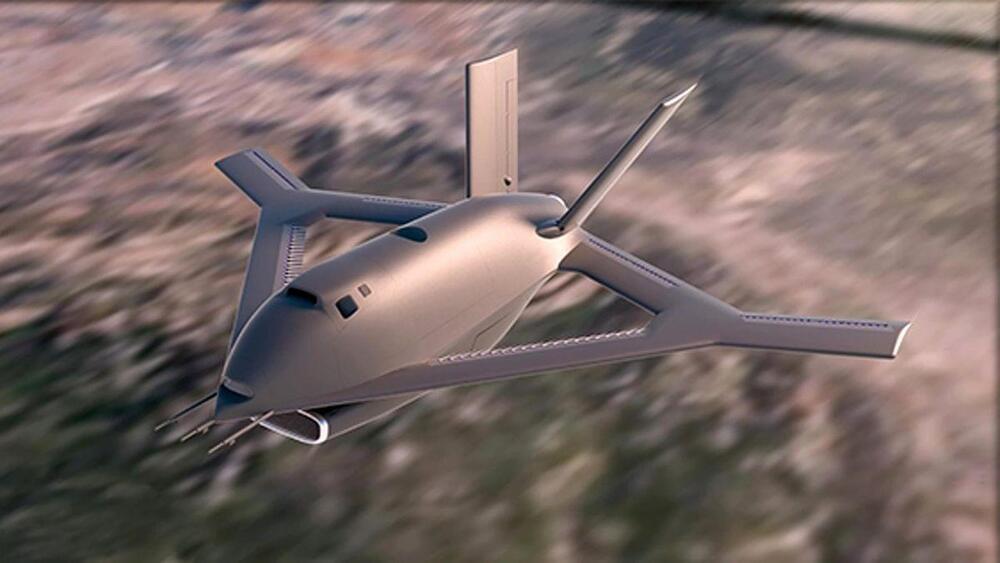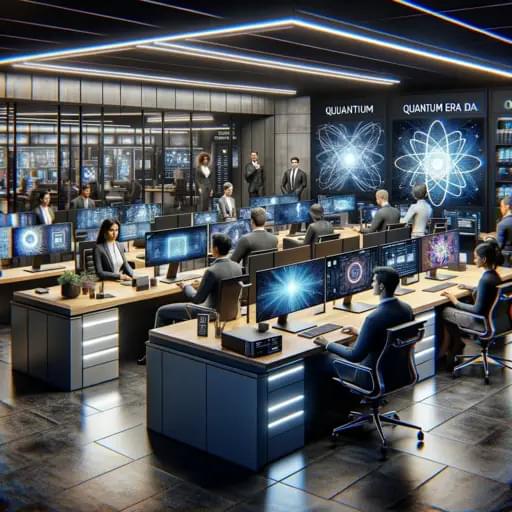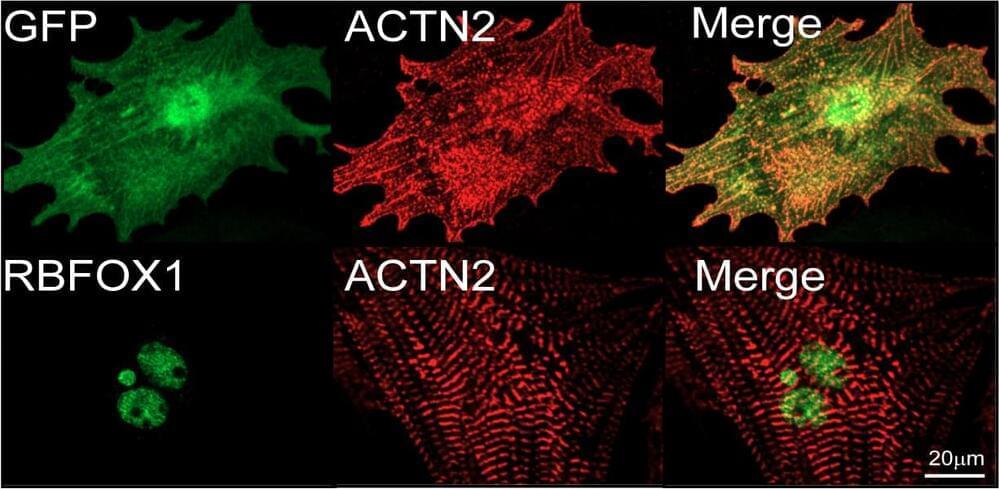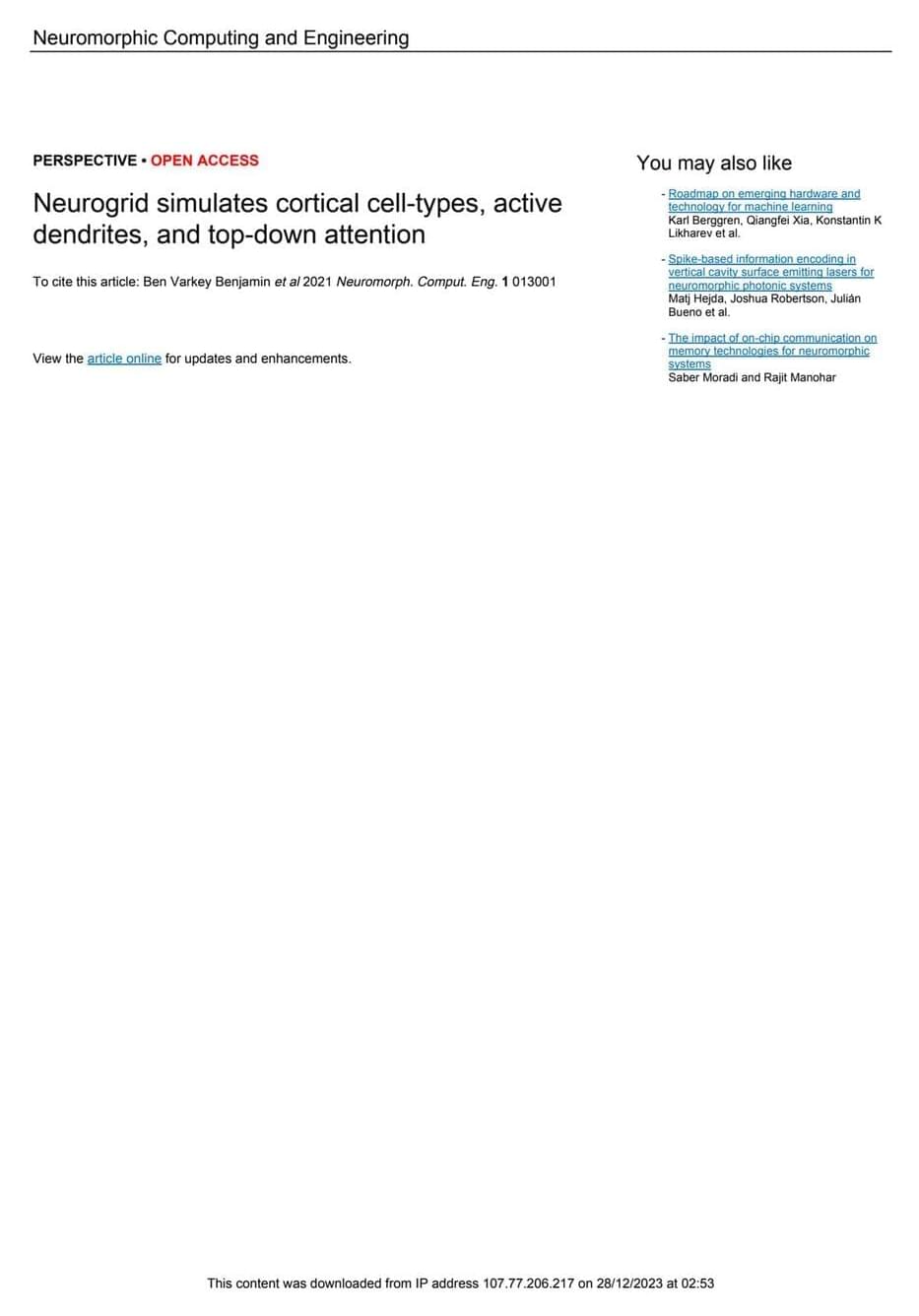A study found that men were largely unaware of the risks to their fertility from aspects of gym lifestyle including protein supplements, used by 79% of male respondents.
How deeply someone can be hypnotized — known as hypnotizability — appears to be a stable trait that changes little throughout adulthood, much like personality and IQ. But now, for the first time, Stanford Medicine researchers have demonstrated a way to temporarily heighten hypnotizablity — potentially allowing more people to access the benefits of hypnosis-based therapy.
In the new study, published Jan. 4 in Nature Mental Health, the researchers found that less than two minutes of electrical stimulation targeting a precise area of the brain could boost participants’ hypnotizability for about one hour.
“We know hypnosis is an effective treatment for many different symptoms and disorders, in particular pain,” said Afik Faerman, PhD, a postdoctoral scholar in psychiatry and lead author of the study. “But we also know that not everyone benefits equally from hypnosis.”
From surveillance to defense to AI/ML virtualization, and it’s more compact and energy efficient. Oh and let’s not forget the medical imaging applications. I just wonder how long until it’s put into effect.
A front-end lens, or meta-imager, created at Vanderbilt University can potentially replace traditional imaging optics in machine-vision applications, producing images at higher speed and using less power.
The nanostructuring of lens material into a meta-imager filter reduces the typically thick optical lens and enables front-end processing that encodes information more efficiently. The imagers are designed to work in concert with a digital backend to offload computationally expensive operations into high-speed and low-power optics. The images that are produced have potentially wide applications in security systems, medical applications, and government and defense industries.
Mechanical engineering professor Jason Valentine, deputy director of the Vanderbilt Institute of Nanoscale Science and Engineering, and colleagues’ proof-of-concept meta-imager is described in a paper published in Nature Nanotechnology.
📸 Look at this post on Facebook https://www.facebook.com/share/RNevtb4ysG3HkejG/?mibextid=xfxF2i
The tech giant has introduced a set of new advancements that seek to make robots powered by AI a lot safer to deploy at home.
The company is using the rules to develop a ‘Robot Constitution’ to prevent a new machine system from potentially harming humans.
Ultra-intense ultrashort lasers have a wide-ranging scope of applications, encompassing basic physics, national security, industrial service, and health care. In basic physics, such lasers have become a powerful tool for researching strong-field laser physics, especially for laser-driven radiation sources, laser particle acceleration, vacuum quantum electrodynamics, and more.
A dramatic increase in peak laser power, from the 1996 1-petawatt “Nova” to the 2017 10-petawatt “Shanghai Super-intense Ultrafast Laser Facility” (SULF) and the 2019 10-petawatt “Extreme Light Infrastructure—Nuclear Physics” (ELI-NP), is due to a shift in gain medium for large-aperture lasers (from neodymium-doped glass to titanium:sapphire crystal). That shift reduced the pulse duration of high-energy lasers from around 500 femtoseconds (fs) to around 25 fs.
However, the upper limit for titanium: sapphire ultra-intense ultrashort lasers appears to be 10-petawatt. Presently, for 10-petawatt to 100-petawatt development planning, researchers generally abandon the titanium: sapphire chirped pulse amplification technology, and turn to optical parametric chirped pulse amplification technology, based on deuterated potassium dihydrogen phosphate nonlinear crystals. That technology, due to its low pump-to-signal conversion efficiency and poor spatiotemporal-spectral-energy stability, will pose a great challenge for the realization and application of the future 10–100 petawatt lasers.
DARPA and Aurora Flight Sciences have begun building the first full-scale X-65 aircraft to demonstrate a new method of flight control that uses no external moving parts.
The X-65 is an experimental jet being developed by the Control of Revolutionary Aircraft with Novel Effectors (CRANE) program overseen by DARPA, (Defense Advanced Research Projects Agency), the Pentagon’s research and development agency. Since the first aircraft were invented, they have been controlled by moving surfaces such as rudders, flaps, elevators and ailerons.
Small and medium-sized enterprises should be ready for opportunities and threats of the oncoming quantum era.
Researchers identify RBFox1 as a key intrinsic regulator of heart muscle cell maturation, overcoming a major limitation in cardiac regenerative therapy and disease modelling and demonstrating for the first time that RNA splicing control can significantly impact this process.
Scientists led by Duke-NUS Medical School in Singapore and the University of California, Los Angeles, (UCLA) in the United States have discovered a new control mechanism that can drive the maturation of human stem cell-derived heart muscle cells, providing fresh insight into the maturation process of heart muscle cells from fetal to adult form.
After birth, heart muscle cells undergo extensive changes to become fully mature adult cells, altering their form, function and physiology.
Neuromorphic hardware neurogrid simulates cortical cell types dendrites and top down attention.
Shared with Dropbox.


